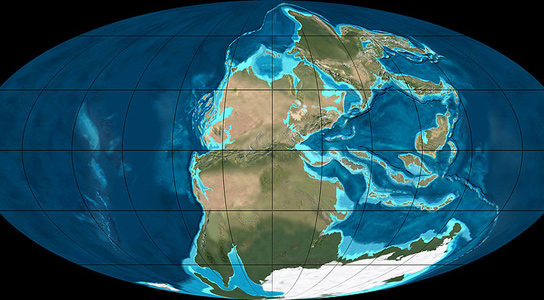
The Permian-Triassic extinction event, occurring around 250 million years ago, nearly wiped out life on Earth and took about 10 million years for biodiversity to recover.
The greatest mass extinction pulse was the Permian-Triassic extinction event, and it happened about 250 million years ago, nearly wiping out life on Earth. It was Earth’s most severe extinction even, with 96% of all marine species and 70% of all terrestrial vertebrate species becoming extinct. It is the only known mass extinction that affected insects, 57% of all families and 83% of all genera were extinguished.
The loss of such biodiversity apparently took Earth 10 million years to recover, more than any other extinction pulse. In a recent article in the journal Nature Geoscience, lead scientists Zhong-Qiang Chen from the University of Geosciences in Wuhan and Michael Benton from the University of Bristol analyzed the bounce-back of life.
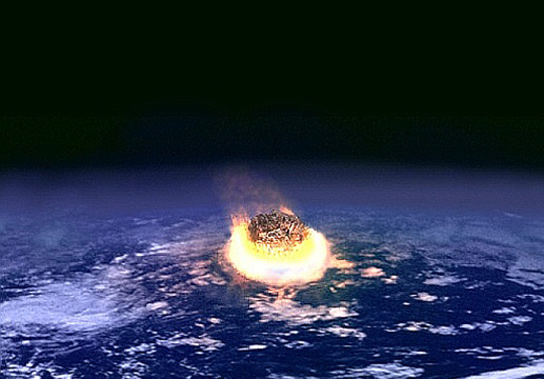
There were two reasons for the delay of the return biodiversity. The sheer intensity of the extinction and the grim conditions on Earth after the pulse made it harder for species to recover. The Permian-Triassic extinction event was triggered by a number of different factors, including global warming, acid rain, ocean acidification and ocean anoxia. These factors were enough to spur the extinction pulse.
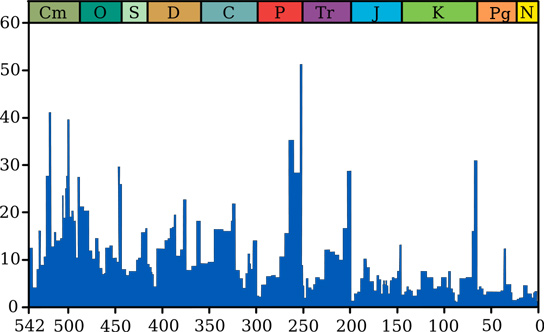
Plot of extinction intensity (percentage of genera that are present in each interval of time but do not exist in the following interval) vs time in the past for marine genera. Geological periods are annotated (by abbreviation and color) above. The Permian–Triassic extinction event is the most significant event for marine genera, with just over 50% (according to this source) failing to survive. Credit: Wikipedia Smith609
Research shows that the grim conditions continued for five to six million years later, with continued carbon and oxygen crises, warming and other effects. Once the environmental crises ceased to be severe, more complex ecosystems emerged, allowing new groups to take hold.
The new groups, including ancestral crabs and lobsters, as well as the first marine reptiles, re-set evolution, becoming the source of the dominant species on Earth in millions of years to come.
Reference: “The timing and pattern of biotic recovery following the end-Permian mass extinction” by Zhong-Qiang Chen and Michael J. Benton, 27 May 2012, Nature Geoscience.
DOI: 10.1038/ngeo1475




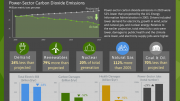

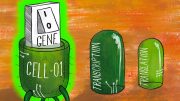


I have to wonder, if all these mass extinction events never happened and the earth was left to develop without these events would there be life as we know it here on this planet.
While volcanoes cause short-term disruption of environments favorable for life, they also bring nutrients to an otherwise denuded and nutrient-deficient surface.